If you are just getting started with PPC (Pay Per Click), there are a lot of things that you need to understand to run your paid campaigns effectively. One of these is CPC (Cost Per Click).
While CPC appears to be the price that you pay for each click that your ad receives, it is much more than that. CPC is one of the most important metrics that you should be measuring and optimizing to ensure a good return on investment. The CPC that you pay plays a huge part in your campaign’s profitability. In this guide, we will look at the proven methods of bringing down your CPC:
What is Cost Per Click (CPC?)
Every time someone clicks on one of your PPC (Pay Per Click) ads, you are charged for the click. However, you can set the maximum price that you are willing to pay at the keyword level. This means you can bid higher or lower depending on the intent of the keyword and its value to your business.
The CPC is the actual price that you pay for these clicks based on the keywords that you are bidding on. How much you pay for clicks impacts a number of different areas of your campaign’s performance, including:
- How many clicks you receive for a set budget.
- How visible your ad is and how frequently it is shown.
- The ROAS (return on ad spend) of a campaign and its profitability.
Running a successful campaign is all about driving the highest ROI without missing out on opportunities for sales or leads. Set your bids too low and your ads aren’t shown frequently enough or they aren’t driving conversions. Set your bids too high and you will impact the profitability of your campaign.
How is Cost Per Click Calculated and How Does it Work?
One thing that is important to note is that the max cost per click that you set for a keyword isn’t the same as the final price that you pay. In fact, you only pay the minimum amount to clear the Ad Rank thresholds and beat the Ad Rank of the competitor immediately below you.
But let’s clear up some confusion. Max CPC and Average CPC aren’t the same as the Actual CPC you pay.
Max CPC = The maximum price that you are willing to pay per click, set in your ads account.
Average CPC = The total cost of all of your clicks divided by the total number of clicks.
Actual CPC = The actual price you pay for a click.
Here is how your actual CPC is calculated:
Competitor Ad Rank / Your Quality Score + 0.1 = Actual CPC
There are many other factors that influence your actual CPC, too. And in this guide, we will go over how you can work to reduce your cost per click and optimize your ads.
What is the Cost Per Click for a Keyword and How Can You Find This Out?
When you are in the process of building out a PPC campaign, you want to be able to set your daily (or monthly) budgets and estimate how much your CPC will be across the keywords you are going to bid on.
You can find this insight by using the SEMrush Keyword Magic tool. Enter your desired keyword and you will be presented with your keyword and a list of related keyword variations. You can also see the average CPC that advertisers pay when a user clicks on their ad.
In this example, we are looking at how much it will cost for a click on an exact match keyword of [LA Lakers Jersey].
We can see that the average cost per click on this exact match keyword is $0.43.
Another alternative is to use the CPC Map to gain a location-based or industry-specific average as to how much the average PPC click costs. This can be useful when trying to determine an approach to geo-targeting that could help you improve your campaign’s ROAS.
You can also gain insights into how much your competitors are paying per click by using the Advertising Research tool. You can enter any domain and receive results that indicate what their average CPC is across different keywords, understand their bidding strategy, and determine which keywords are likely to be profitable.
From this, you can benchmark what you need to pay per click to advertise above this site.
The Phasing Out of Cost Per Click in Google and Bing Ads
Historically, advertisers have had full control over the maximum CPC that they pay for ads and most campaigns were set up using a ‘manual CPC’ bidding strategy. However, PPC is no longer based solely on either a CPC or CPM (cost per thousand impressions) model.
We now see many types of different bidding strategies. These are just some of the more common ones, to name a few:
- Manual CPC (manually setting maximum click costs)
- Target CPA (bidding based on a target cost-per-acquisition)
- Enhanced CPC (using smart bidding, Google will decrease or increase your bid based on conversion potential)
- Target ROAS (bidding based on a target return on ad spend)
- Maximize Conversion (bidding set to maximize the number of conversions for a budget)
- Maximize Clicks (bidding set to maximize the number of clicks for a budget)
- CPM Bidding (paying per thousand impressions)
You can learn more about the different bidding strategies here. It is important to know that you are no longer tied to only manual bidding and that there are a number of alternatives to help you to optimize your campaign costs.
9 Tried and Tested Ways to Improve the CPC for Your Ads
1. Improve Your Quality Score
Given that Quality Score directly impacts the actual CPC you pay, it makes sense to place your focus on this when looking to improve your campaign’s performance. It is also important to know what Quality Score is, how it is calculated, and the factors that influence it.
According to Google:
Quality Score is an estimate of the quality of your ads, keywords and landing pages. Higher quality ads can lead to lower prices and better ad positions. The Quality Score is reported on a 1-10 scale and includes expected click-through rate, ad relevance and landing page experience. The more relevant your ads and landing pages are to the user, the more likely it is that you’ll see higher Quality Scores.
You can see your Quality Score by adding the Quality Score column to a report.
We know that the factors that influence Quality Score are ad relevance, landing page experience, and CTR, so let’s look at how you can improve these.
Make Your Ad More Relevant
You will enjoy a higher Quality Score when your ad is highly relevant to the keyword that you are bidding on and is being triggered by a search query. The most impactful way to improve Quality Score is to look at how you structure your ad groups.
Avoid broad ad groups that cover multiple keyword groupings and focus on building out your account with tightly targeted ad groups. This makes it easier to include keywords naturally within your ad copy while maintaining complete relevance. While you’ll end up creating more ad groups and more ads, the tradeoff is that it makes it easier to create ads that are relevant to the keywords that you’re bidding on and improve your Quality Score.
Improve Your Landing Page
A better landing page experience makes for a higher Quality Score. But what does a better landing page experience actually mean? A good landing page is relevant to your ad and keywords. An ad that leads to a generic homepage is going to have a lower Quality Score.
Top tips for improving your ad’s landing page experience are:
- Use clear messaging that aligns with your ad copy. Ensure that your landing page engages a searcher and keeps them on the page by serving them content that is relevant to what they are looking for.
- Focus on consistency. Present the same message between your ad copy and landing page.
- Place an emphasis on creating a unique experience that backs up your ad. Don’t just use repurposed text; you need to create content that captivates and converts. Take a look at the landing pages that your competitors are using for their ads as a benchmark.
- A/B test different CTAs, headlines, and value propositions to drive continual improvement in performance.
- Build trust signals. Using reviews and testimonials are a great way to portray trust and encourage conversions and increased engagement. The more trustworthy your landing page is, the better performance you can expect to see.
Improve Your CTR
Improving your CTR (Click-Through-Rate) will have a noticeable impact on your Quality Score, as it demonstrates that it is a result that searchers want to click on.
Here are a few ways to improve your ad’s CTR:
- Spend time really refining your CTA (call-to-action). Write persuasive ad copy that demonstrates why a searcher should click your ad rather than someone else’s.
- Include promotions or benefits, such as showcasing that you offer free shipping ore are having a sale. Focus on making your ad stand out to the searcher when compared to your competitors.
- Take the time to analyze your competitors’ ads, note the similarities between those who are bidding on the ad space, and do something different. You can view your competitors’ ads by using the Advertising Research tool, as well as running competitor analysis through the Ad Builder tool.
- Serve ads that are highly relevant to the keywords that you are targeting.
- Consider suggestions to improve ad relevancy.
- Use ad extensions to occupy more SERP real estate and offer a reason for your ad to be the one that is clicked on.
- Continually A/B test to improve your ad copy and measure the impact on CTR.
2. Find and Bid On Long-Tail Keywords
It’s easy to get caught up in bidding only on high-volume keywords, but the truth is that this is pushing up your CPC.
Longtail keywords may have a lower search volume than ‘money terms,’ but there are two main benefits:
- There is usually lower competition for longtail terms. Lower competition means fewer advertisers bidding for the visible ad space, resulting in lower CPCs.
- The conversion rate of longtail keywords is usually higher than generic terms, which gives you an opportunity to benefit from an increased ROAS.
Combining multiple longtail keywords into relevant ad groups can lead to a significant increase in your ad’s relevance. And if you are looking for additional terms to work into your campaigns, we recommend using the Keyword Magic tool as you look for longtail keywords that will help your ads convert.
It also makes sense to integrate your SEO data into your PPC campaign to identify longtail terms that could provide great returns for your campaigns. Take a look at this guide to understand how both your paid and SEO strategies can complement each other.
3. Use Negative Keywords Effectively
You can prevent your ads from showing for terms that aren’t relevant by using negative keywords. A negative keyword prevents your ad from being triggered by a certain word or phrase that you don’t want to show up for. Using negative keywords can help to reduce and improve your CPC by ensuring you are not bidding on irrelevant terms that are suffering from an unusually low Quality Score or on competitive, generic terms.
You can add negative keywords at the ad group, campaign, or account level:
In the example above, these negative keywords would prevent your ads from showing for search queries that included “cheap,” “free,” or “fake.”
4. Test Different Average Ad Positions
CPC is calculated based upon the AdRank of your competitor in the position below on a SERP. An effective way to reduce your CPC is by testing different ad positions and measuring the impact that it has upon clicks and conversions.
Taking metrics such as Quality Score into account, all other things equal, ad position no. 2 will have a lower CPC than position no. 1. If A/B test your ad in position no. 2 and see no discernable difference in your ad’s clicks and conversions, you may not need to outbid a competitor who is placing above your ad!
5. Use Ad Scheduling
There is more to bidding than just keywords. By leveraging ad scheduling, you can ensure your ads show at times of day when your customers are most likely to be active and convert.
You can use these insights to put together a custom ad schedule that helps you to maintain and improve your average CPC whilst driving more conversions from your budget.
6. Use Geo-Targeting
Just as with ad scheduling, you can also manage your campaign’s CPCs through geo-targeting.
You can apply bid adjustments (both positively and negatively) to change bids based upon the location that searchers are in. If an area has a lower conversion rate, you can then adjust your strategy to maximize visibility where it makes sense to do so.
7. Use Different Keyword Match Types
Common keyword match types that can be used in your ad groups are:
- Broad Match
- +Broad +Match +Modifier
- “Phrase Match”
- [Exact Match]
These different match types control how tightly targeted the search queries that your ads show for are. The more targeted your keywords are (exact match), the more expensive your CPC will be. If you want to reduce your CPC, combine phrase or broad match keywords with a solid list of negative keywords to open up lower-cost opportunities and clicks.
8. Use Device Adjustments
Just as you can put in place bid adjustments based on locations and the time of the day, you can also increase or decrease your max CPC across mobile, tablet, and desktop devices.
It is important to recognize which devices are providing what data. While mobile devices attract the highest volume of clicks and impressions, you may find that searchers are just browsing on their phones and aren’t converting. In this instance, you could apply a negative bid adjustment to reduce your CPC on mobile and raise it on desktops with a positive bid adjustment.
Be sure to carefully dig into your data to make informed decisions about how your audience behaves.
9. Combat Rising Brand Terms
It can feel frustrating when a business finds itself in a bidding war with competitors across its own name and product lines. All hope is not lost, though!
There are many solutions, such as maximizing the use of extensions, improving landing page experience, and more can help bring down your CPCs. This great guide from Marta Turek can help to give you some ideas on how you can tackle this issue.
When you are able to effectively reduce your cost per click without impacting visibility and clicks, you will see an increased level of profitability and ROAS from your campaigns.
There is no single way that you can do this, but by following the steps above you can continue to make improvements to better optimize your campaign and enjoy the results!
This marketing news is not the copyright of Scott.Services – please click here to see the original source of this article. Author:
For more SEO, PPC, internet marketing news please check out https://news.scott.services
Why not check out our SEO, PPC marketing services at https://www.scott.services
We’re also on:
https://www.facebook.com/scottdotservices/
https://twitter.com/scottdsmith
https://plus.google.com/112865305341039147737
The post What Is Cost Per Click (CPC)? 9 Tried and Tested Ways to Optimize Your Advertising Campaigns appeared first on Scott.Services Online Marketing News.
source https://news.scott.services/what-is-cost-per-click-cpc-9-tried-and-tested-ways-to-optimize-your-advertising-campaigns/

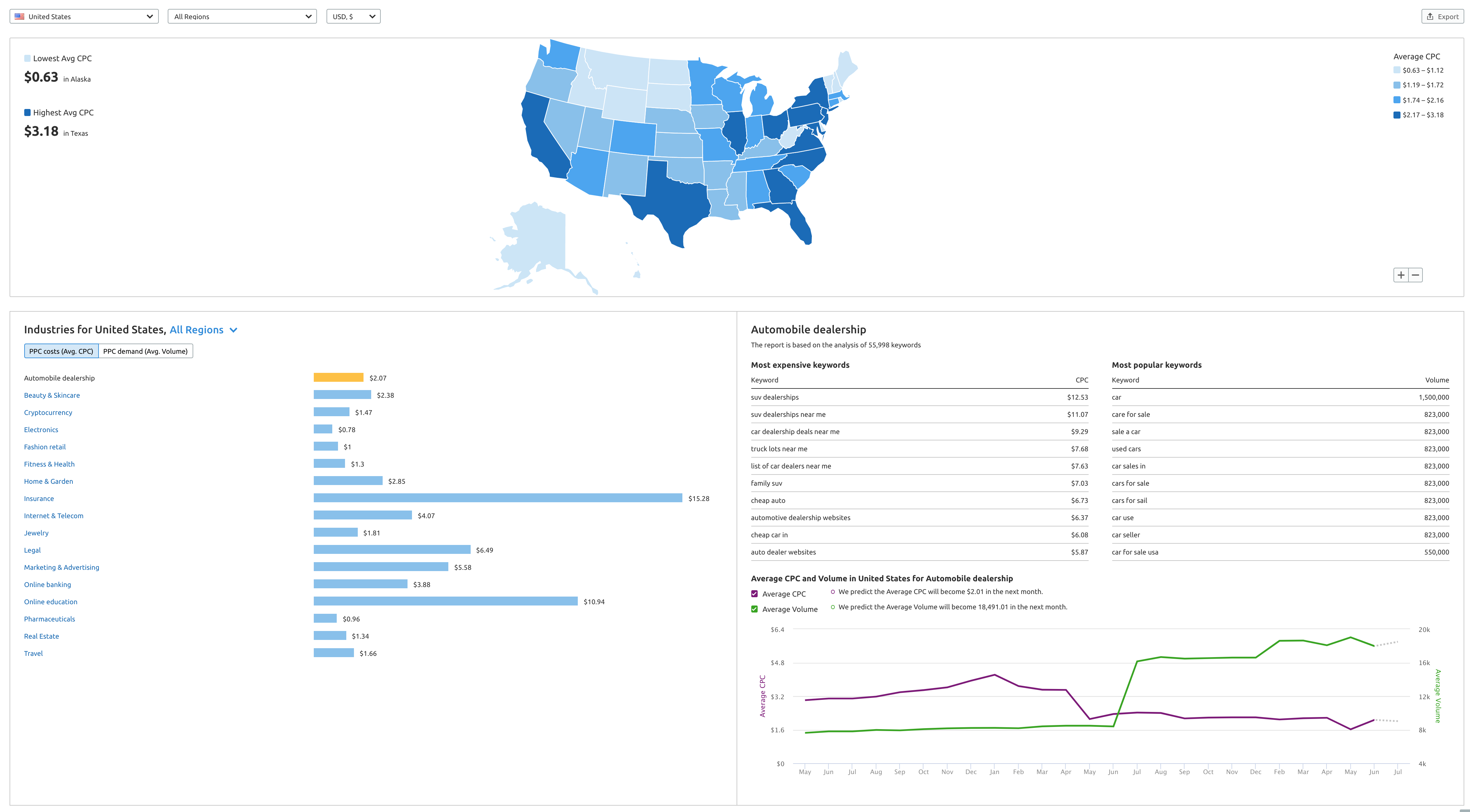
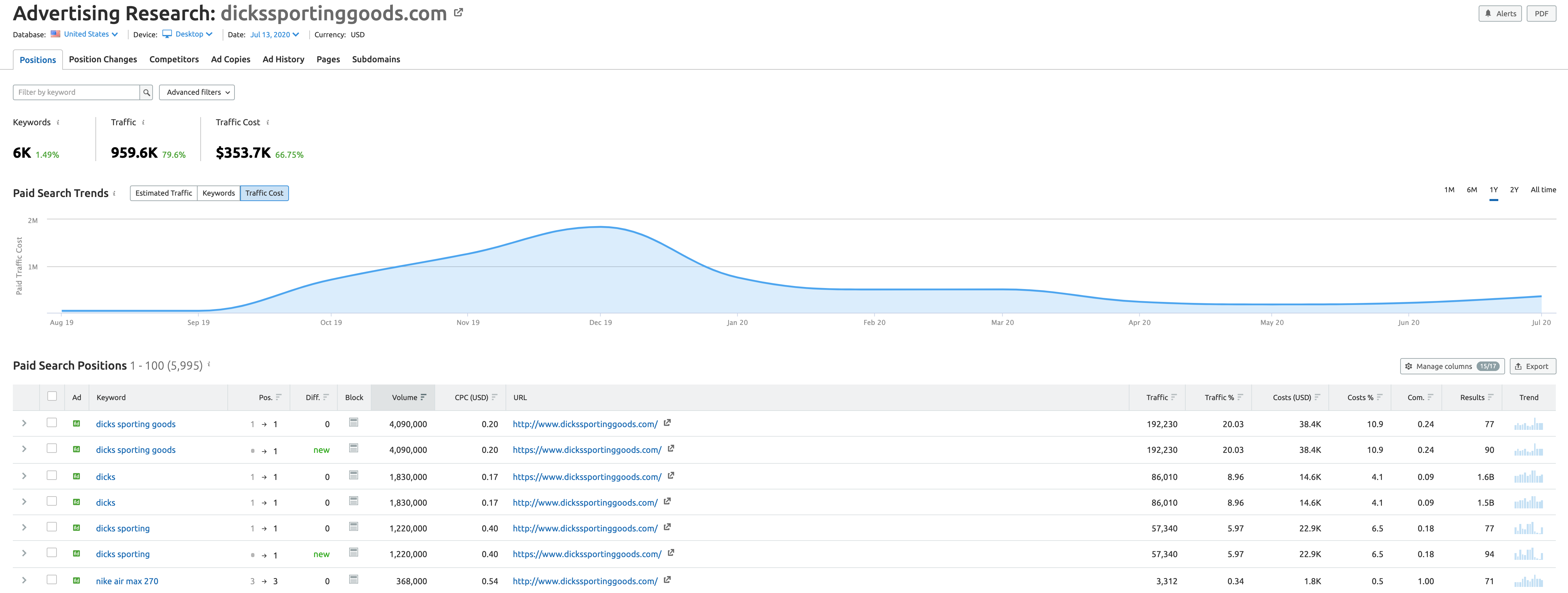
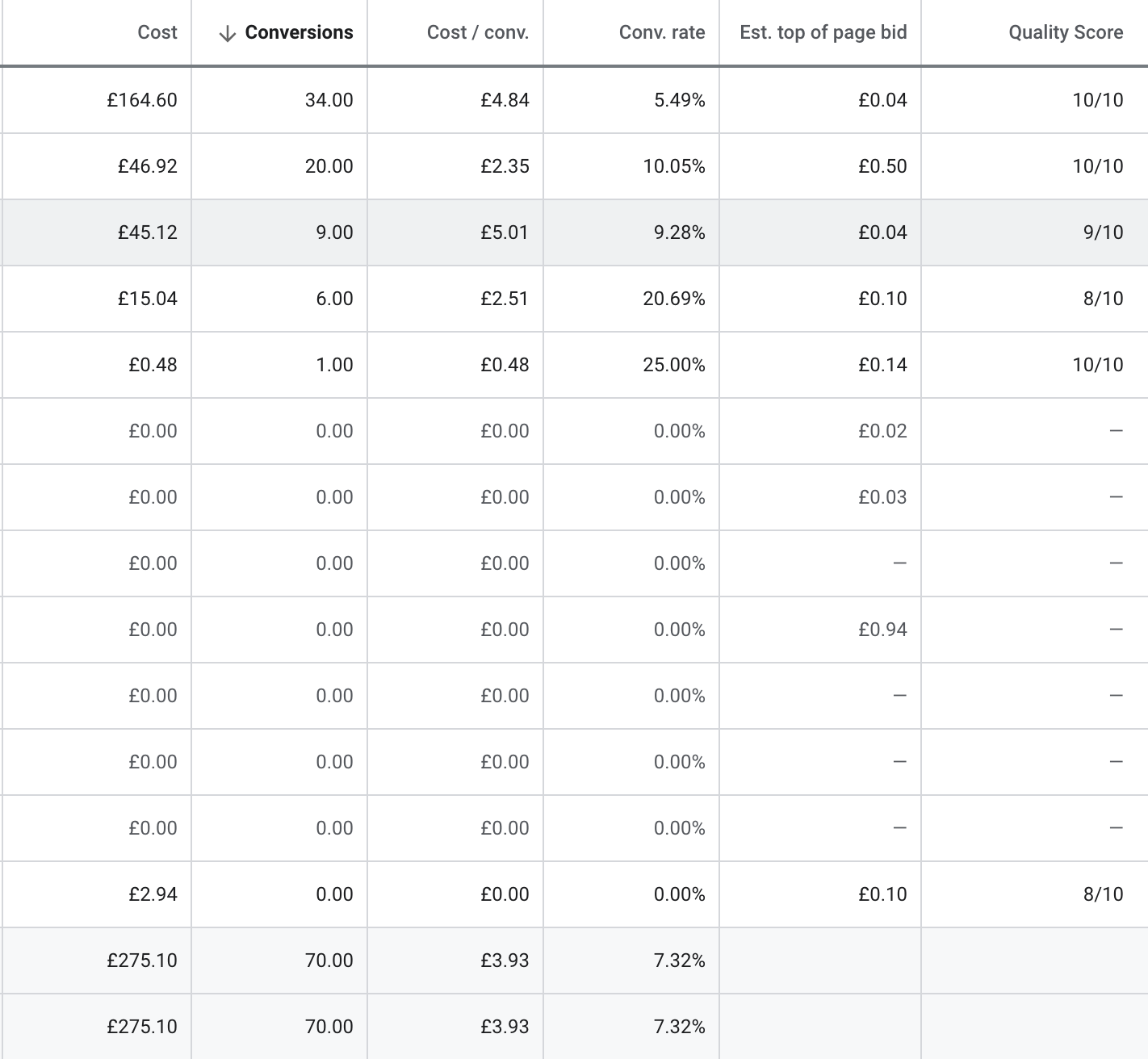


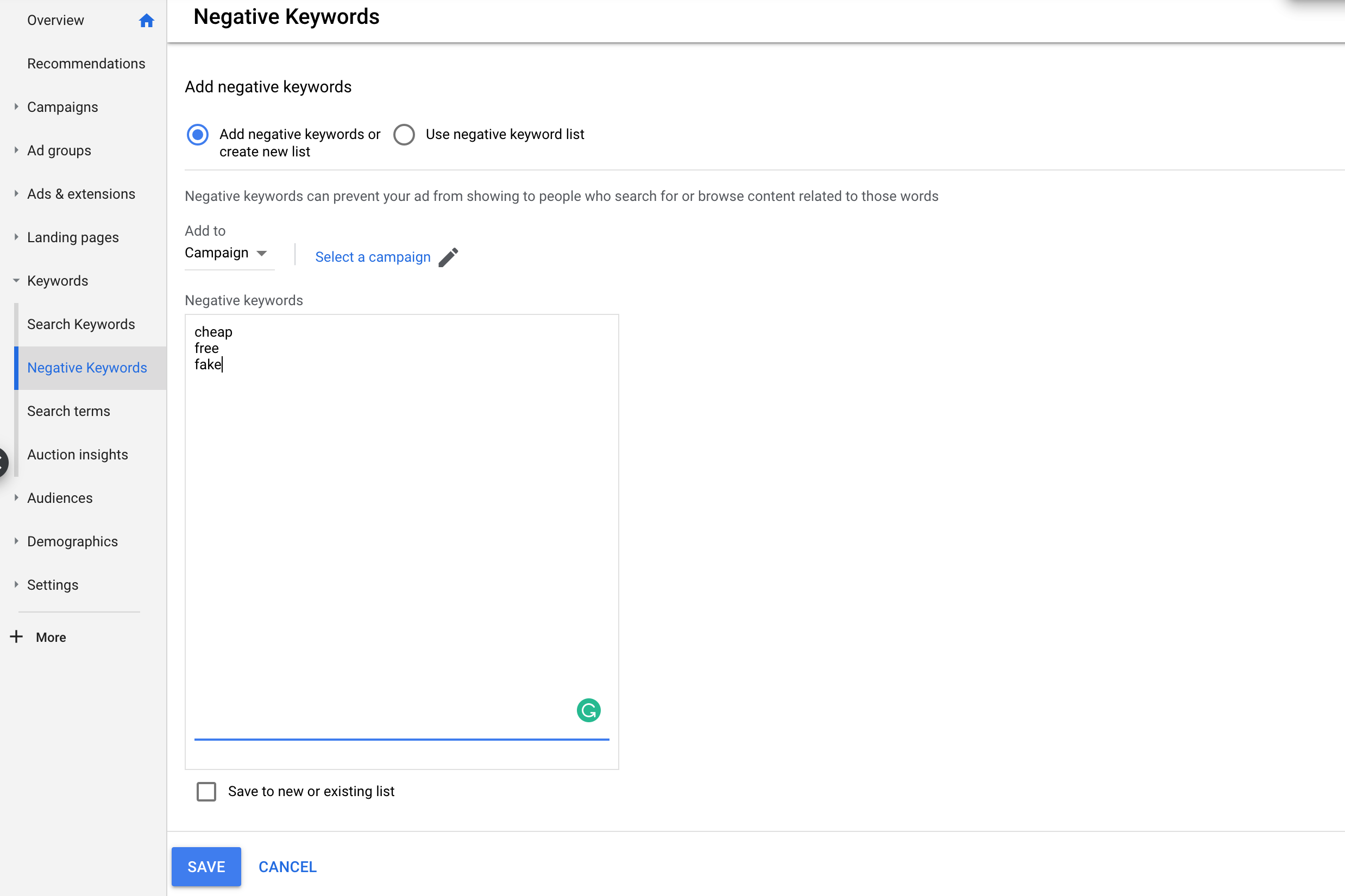
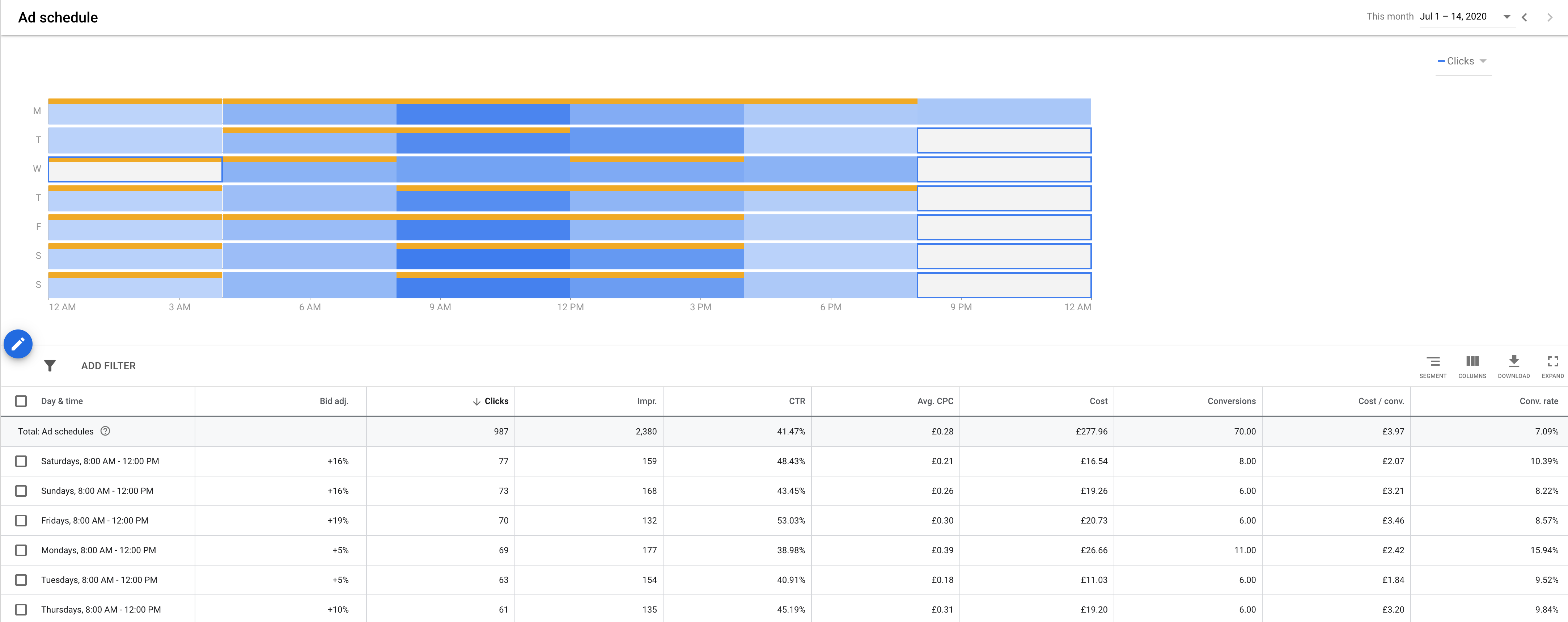
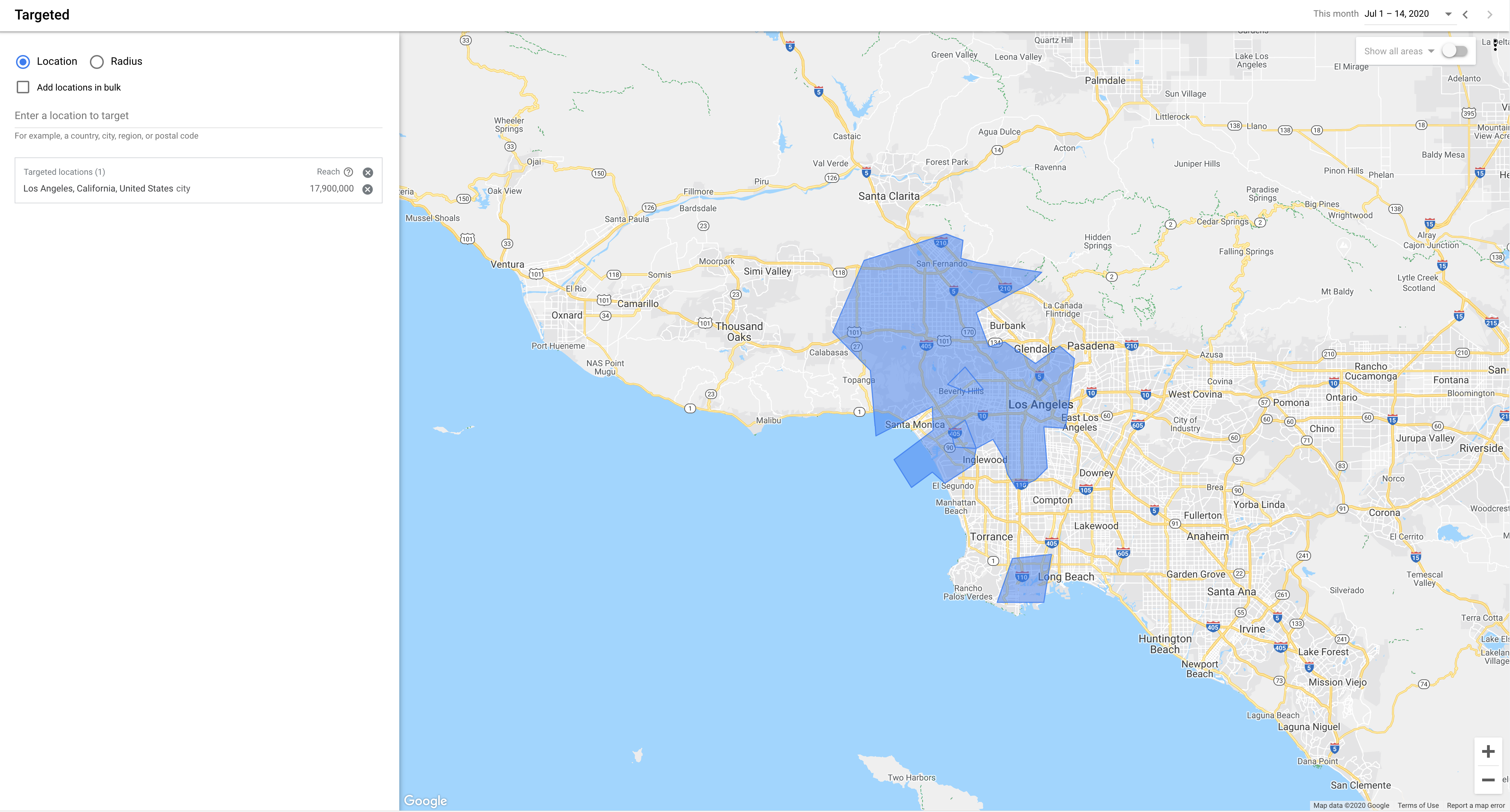

No comments:
Post a Comment